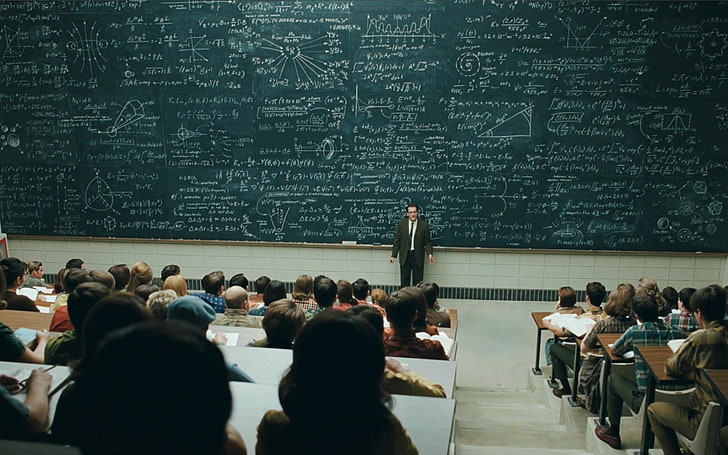Why Students Must Learn Micro-Expressions
Expressing emotions and feelings can be complex, as people often hide their true intentions beneath layers of social norms. However, there are subtle clues that leak through facial expressions, known as micro-expressions, which provide valuable insights into a person’s genuine emotions.
Understanding and recognizing micro-expressions can be a valuable skill, especially for students navigating various social interactions and relationships. In this blog post, we will explore what micro-expressions are, why studying them is important, and how they can be used effectively in communication.
What are Micro-Expressions?
Micro-expressions are fleeting, involuntary facial reactions that last for just a fraction of a second. They occur in response to stimuli and reflect a person’s true emotions, often before they can conceal them with fake reactions. These micro-expressions reveal seven universal emotions: disgust, anger, fear, sadness, happiness, surprise, and contempt.
The Importance of Studying Micro-Expressions:
-
Emotional Connection:
Learning to recognize micro-expressions can help students better understand the emotional state of others, including parents, classmates, and teachers. By paying attention to these subtle cues, one can discern behavioral patterns, likes, dislikes, and hidden feelings. This insight allows students to adjust their actions and respond empathetically, fostering stronger and more meaningful connections.
-
Detecting Lies and Deception:
Being able to spot micro-expressions can also serve as a defense against deception. When faced with expert liars, asking probing questions and observing their micro-expressions can unveil their dishonesty. These micro-expressions, though brief, may reveal emotions such as anger or surprise that contradict their words, enabling students to protect themselves from potential traps.
-
Using Micro-Expressions in Communication:
While one cannot entirely control micro-expressions, understanding them allows students to use them to their advantage. By knowing when to suppress or enhance these subconscious expressions, students can communicate more effectively. This skill also aids in delivering partial truths when necessary, striking a balance between honesty and sensitivity.
Conclusion:
The study of micro-expressions is a crucial skill for students seeking to navigate their social interactions and relationships more effectively. Recognizing these fleeting facial cues offers valuable insights into people’s emotions and allows for more genuine connections.
Moreover, understanding micro-expressions can be a powerful tool in protecting oneself from deception and enhancing communication. By mastering this skill, students can develop greater confidence in their interactions with professors, parents, friends, and anyone they encounter in life. Embrace the power of micro-expressions, and open the door to a deeper understanding of the world around you.


